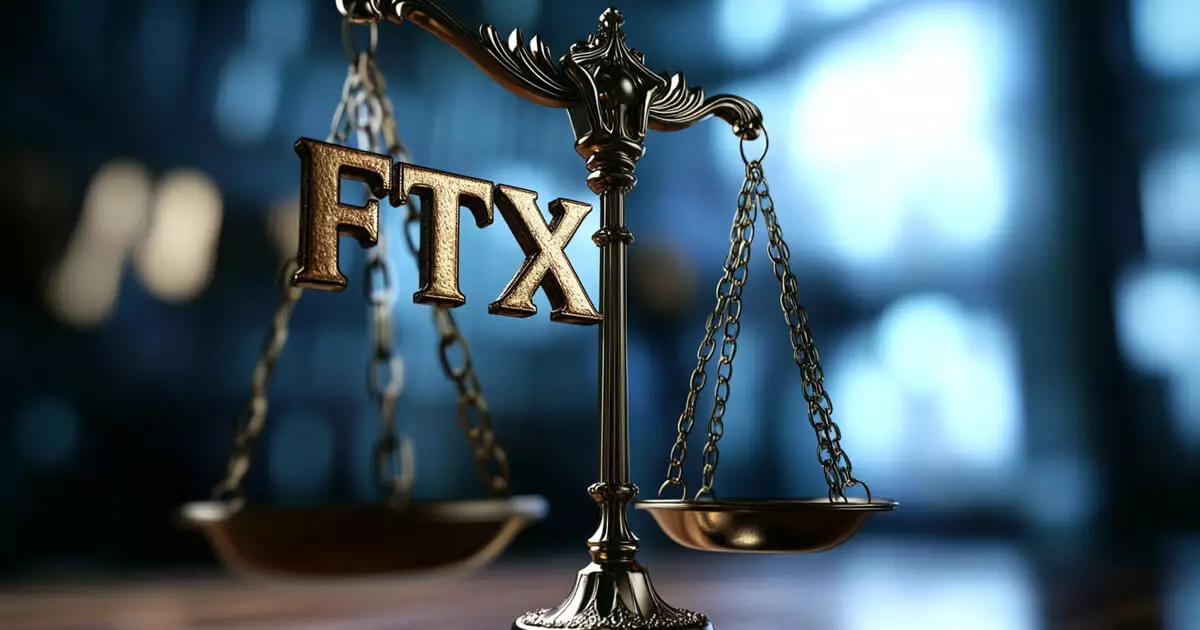In the high-stakes world of cryptocurrency, very few cases have garnered as much attention as that of former FTX executive Nishad Singh. Following the unraveling of FTX, Singh has positioned himself as a crucial figure in assisting federal prosecutors in their investigation. As demonstrated in a recent court filing dated October 23, the global repercussions of the FTX debacle are rooted not only in financial loss but also in the legal intricacies that ensue. The prosecutors are advocating for a favorable light on Singh’s cooperation, emphasizing his remorse and genuine intent to assist in understanding the myriad conditions that led to the downfall of one of the crypto landscape’s high-flying entities.
What sets Singh apart from his colleagues is the breadth and depth of his cooperation. Prosecutors highlight that Singh has not only provided invaluable insights into systemic flaws in FTX but has also offered intricate details regarding the participation of key figures, including Sam Bankman-Fried. His revelations extended beyond mere financial management; they included serious allegations such as extensive campaign finance violations that potentially threaten the legal standing of various involved parties. Singh’s disclosures have sparked renewed interest in areas that the government was previously unaware of, revealing how Banman-Fried manipulated FTX’s financial statements to portray an illusion of profitability.
The implications of Singh’s cooperation are multi-faceted and noteworthy. According to the U.S. Sentencing Guidelines under Section 5K1.1, defendants who provide substantial assistance can receive reduced sentences based on the nature and extent of their cooperation. This section, designed to encourage collaboration with prosecutorial efforts, offers judges discretion to weigh the contributions of a defendant against the severity of their crimes. Given the monumental scope of the FTX collapse, Singh’s case appears to be a crucial test of these guidelines, as he seeks a potentially lighter sentence compared to others entangled in the scandal, such as Bankman-Fried and Caroline Ellison.
Singh’s defense team is eagerly pushing for a “time served” sentence, suggesting that his involvement in FTX’s operations was limited. This argument indicates a strategic pivot towards showcasing his role in mitigating further losses, such as preventing more catastrophic outcomes for investors in FTX Japan. The narrative being constructed paints Singh as a reluctant participant who ultimately chose the path of transparency as a means of redemption. The overarching question revolves around whether this strategy will be effective in persuading the court to view Singh’s actions as those of a whistleblower, deserving of leniency.
As the sentencing date on October 30 approaches, the legal community’s eyes are focused on how the court will respond to Singh’s cooperation claims. His case encapsulates the broader discourse on accountability and redemption within the financial sector, particularly in a realm as murky as cryptocurrency. With significant implications for both the defendants and the regulatory landscape, Singh’s situation serves as a vital chapter in the ongoing narrative of the fall of FTX, reflecting the complex interplay between individual actions and systemic failure. The outcomes of such legal proceedings may influence future policies and guidelines surrounding cooperation in white-collar crime, potentially reshaping the dynamics of similar cases in the financial domain.
















Leave a Reply